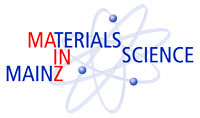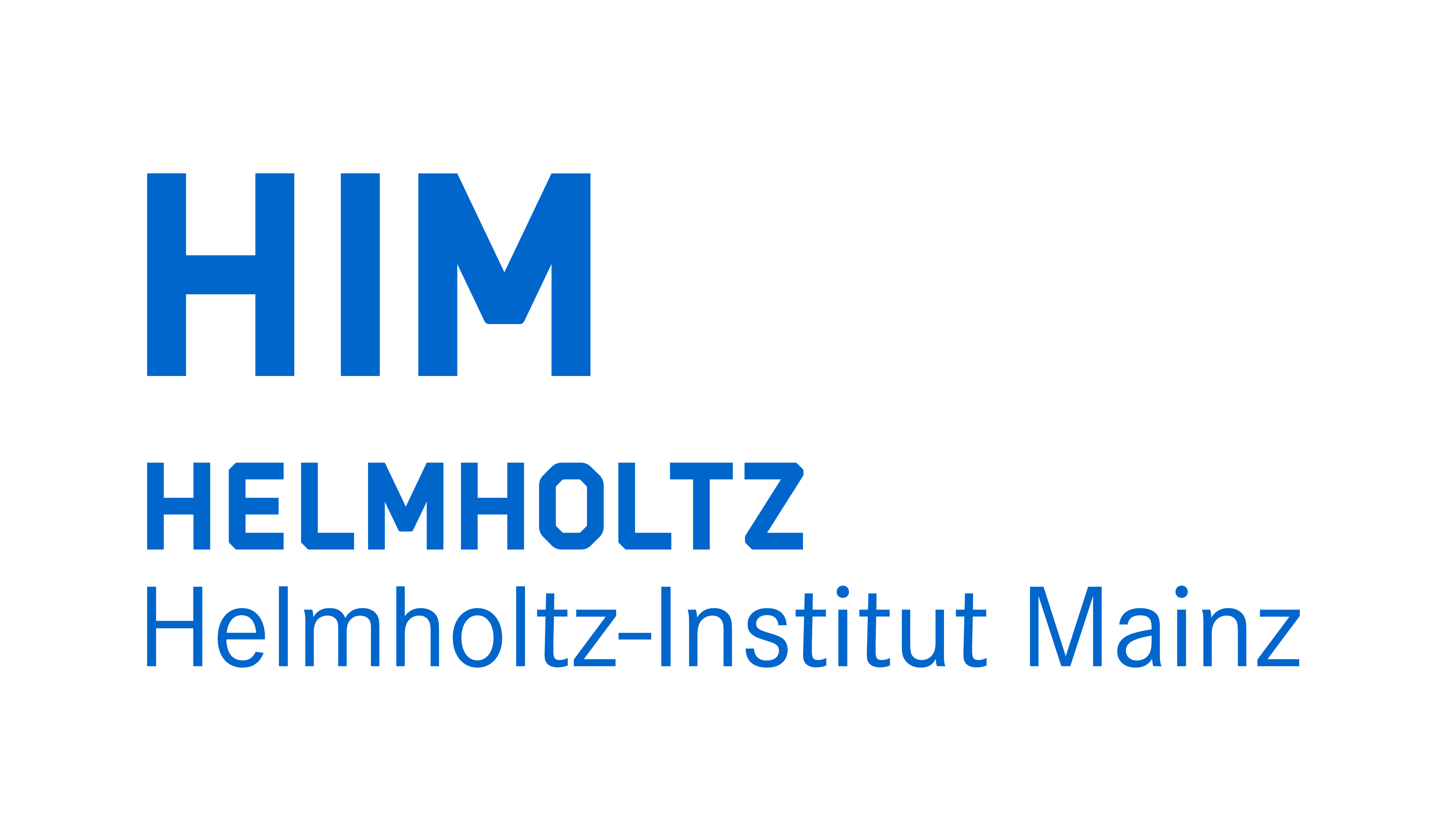


Physikalisches Kolloquium
May 15, 2012 at
5 p.m. c.t.
in
Hörsaal des Instituts für Kernphysik, Becherweg 45
Prof. Dr. Friederike Schmid
Institut für Physik
friederike.schmid@uni-mainz.de
Prof. Dr. Hartmut Wittig
Institut für Kernphysik
hartmut.wittig@uni-mainz.de
Surveying for Dark Energy
Prof. Dr. Aaron Roodman (SLAC, Stanford, California, USA)
The remarkable discoveries in cosmology of the last two decades, from the detailed study of the cosmic microwave background to the discovery of the accelerating universe, subject of last year's Nobel prize, lead to a concise description of the matter and energy in the universe. The total energy density is found to equal to the critical density and is divided into 4% atoms, 24% dark matter, and 72% dark energy. Yet mysteries abound in this simple picture of the universe. What is dark energy? Is it the cosmological constant in Einstein's equations, or somewhat else entirely? If it is the cosmological constant, why is its value so much smaller, by a factor of 10120, than a naive calculation of vacuum energy? Or if dark energy is something else, how has it changed over cosmic time, and how will it change into the future? It is no exaggeration to say that the answer to the latter question will determine the fate of the universe. In this colloquium, I will describe two optical surveys which aim to answer these questions. The Dark Energy Survey, to begin later this year, will image 5000 square degrees of the sky with an existing 4 meter telescope and a new 500 MegaPixel camera, observing hundreds of millions of galaxies to study dark energy. Next, the Large Synoptic Survey Telescope, now at the beginning stages of construction, is a new 8.4 meter telescope featuring a 3.2 GigaPixel camera, which will observe the entire southern sky over 10 years, collecting images of 10 billion galaxies. These ambitious projects will, we hope, lead to new insights into the nature of dark energy.